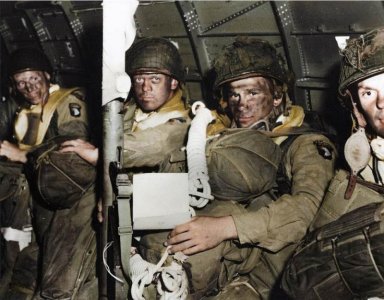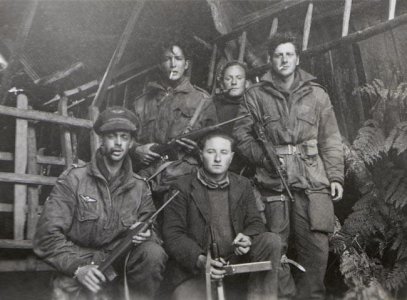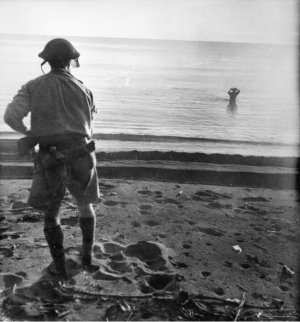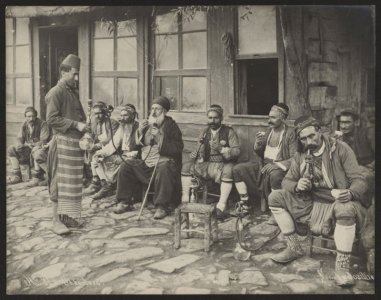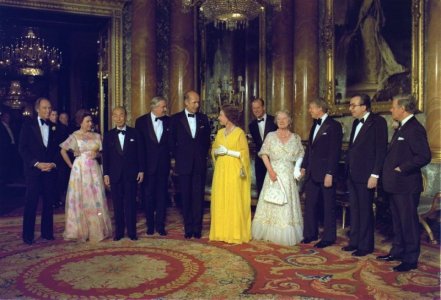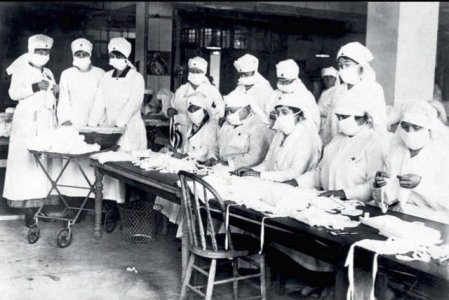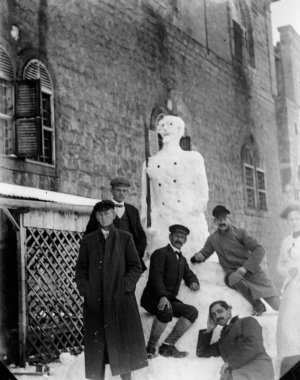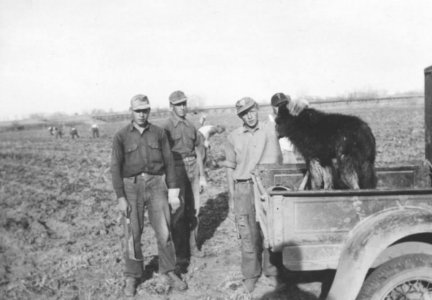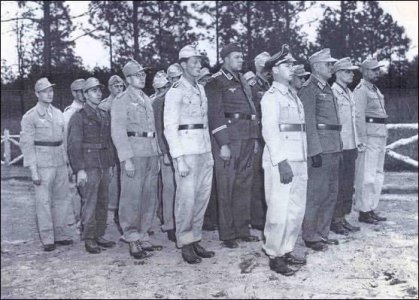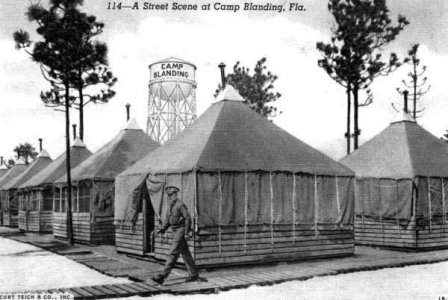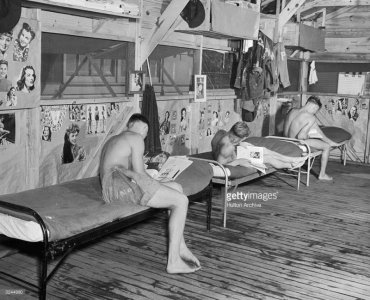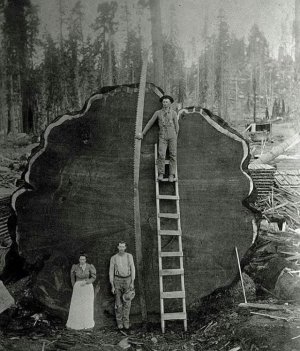RnR
Member
- Location
- Gold Coast, Queensland
6 June 1933 – The first drive-in theatre opens in Camden, New Jersey, United States.
The drive-in theatre was patented in Camden, New Jersey by chemical company magnate Richard M. Hollingshead, Jr. In 1932, Hollingshead conducted outdoor theatre tests in his driveway at 212 Thomas Avenue in Riverton. After nailing a screen to trees in his backyard, he set a 1928 Kodak projector on the hood of his car and put a radio behind the screen, testing different sound levels with his car windows down and up.

Hollingshead's drive-in opened in New Jersey on 6 June 1933, on Admiral Wilson Boulevard in Pennsauken Township. It offered 400 slots and a 12 by 15 metre screen. The first film shown was the Adolphe Menjou film Wife Beware. Hollingshead advertised his drive-in theatre with the slogan, "The whole family is welcome, regardless of how noisy the children are."
The drive-in theatre was patented in Camden, New Jersey by chemical company magnate Richard M. Hollingshead, Jr. In 1932, Hollingshead conducted outdoor theatre tests in his driveway at 212 Thomas Avenue in Riverton. After nailing a screen to trees in his backyard, he set a 1928 Kodak projector on the hood of his car and put a radio behind the screen, testing different sound levels with his car windows down and up.

Hollingshead's drive-in opened in New Jersey on 6 June 1933, on Admiral Wilson Boulevard in Pennsauken Township. It offered 400 slots and a 12 by 15 metre screen. The first film shown was the Adolphe Menjou film Wife Beware. Hollingshead advertised his drive-in theatre with the slogan, "The whole family is welcome, regardless of how noisy the children are."



